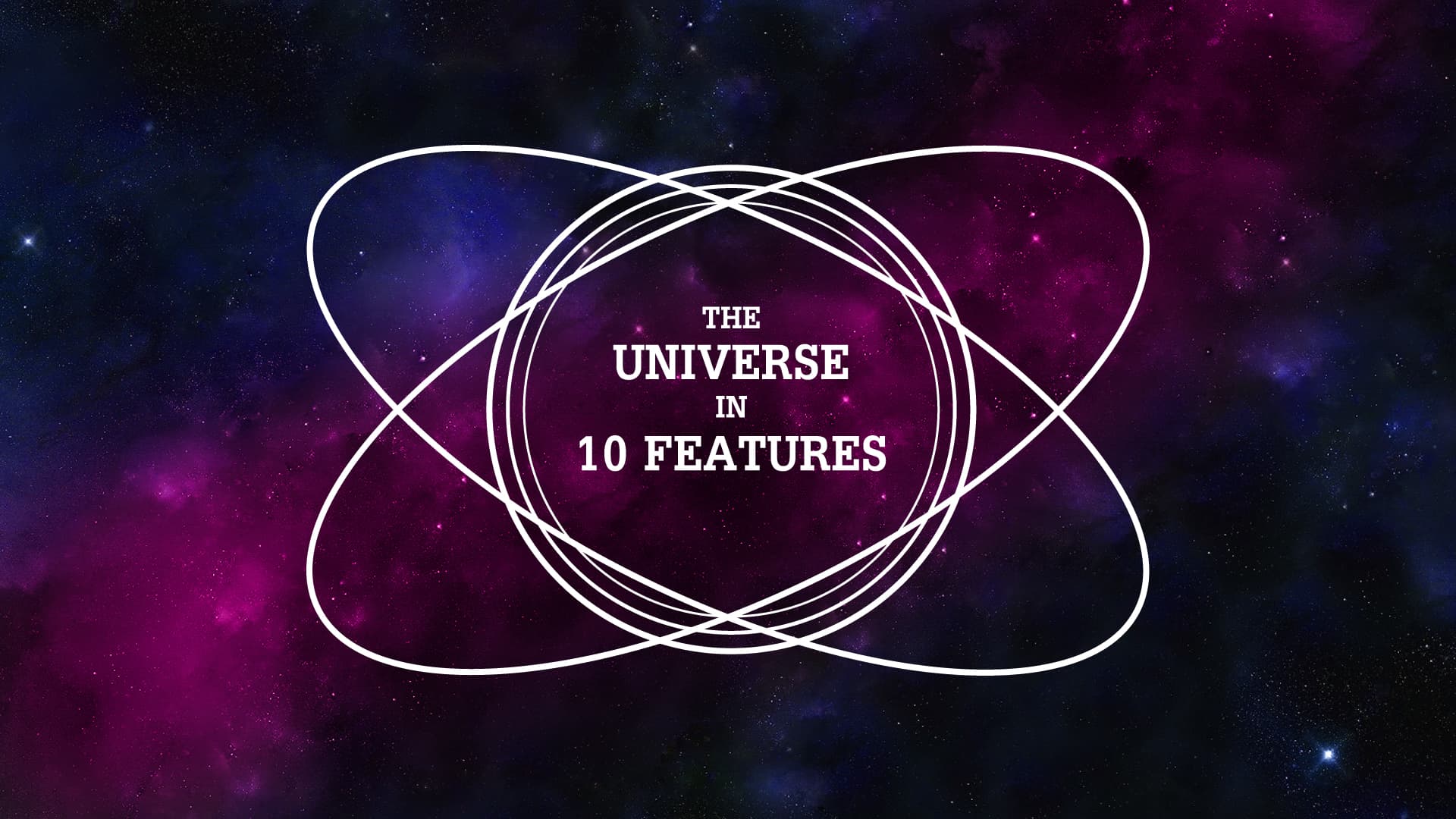Our 7th feature is about elliptical galaxies. Elliptical galaxies are the other main class of galaxies we find in our universe. They have a spherical stellar distribution, meaning simply that their stars’ orbits are not in a plane any more, and instead have random orientations.
Elliptical galaxies form through galaxy mergers. Galaxies interact in various way. You have your “galactic cannibalism” when a big galaxy absorbs a small one. You have “fly-by” where the galaxy swish past each other causing a distortion like in the penguin galaxy, and then you have the majestic “major merger” where the galaxies collide full on, and they inevitably alter themselves forming a single elliptical galaxy.
The blue spirals become red ellipticals. The colour is important, young stars populations are blue and they change colour over their evolution, since the bluest stars die sooner. Being composed by an older stellar component and being the final stage of galaxy evolution, doesn’t mean that ellipticals are red and dead. The spectrum of activities in these objects is as varied as in spirals. And this is good because the Milky Way will turn into one of these elliptical galaxies before our sun goes out.

